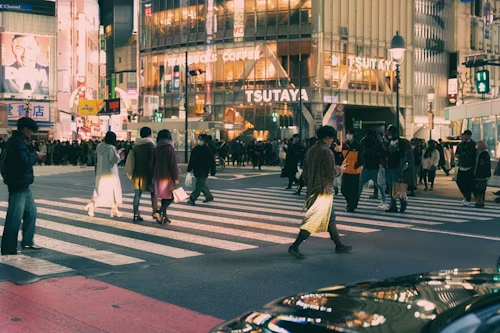Remember the last time you scrolled through your feed and saw a Spider-Man meme, a fan art of Wonder Woman, or someone debating the best Marvel movie? That's no coincidence - superhero films have climbed out of the cinema and into our everyday lives. What started as comic book adaptations has become a cultural force, quietly (and not so quietly) shaping what we wear, what we talk about, and even how we see the world. Let's explore why these caped (and sometimes capeless) stories stick with us long after the credits roll.
More Than Just Movies - They're Modern Myths
Sure, superhero films break box office records, but their real superpower might be how they live on outside the theater. Characters like Black Panther, Iron Man, and Captain America aren't just roles - they're symbols. You see them on T-shirts, in Halloween costumes, in political hashtags, and even in school projects. Fan conventions explode with creativity, social media fills with cosplay photos, and catchphrases like "I am Iron Man" become part of our vocabulary. These stories have given us new icons to look up to - and new ways to express who we are.
Why We Connect: It's Not All About the Action
Let's be honest - the fight scenes are cool. But what really pulls us in is the heart behind the heroics. Whether it's Spider-Man juggling school and saving the city, or the Avengers learning to work as a team, these stories explore stuff we all deal with: finding where we belong, doing what's right even when it's hard, and facing our own flaws. We see ourselves in their struggles, and that's why we cheer, cry, and keep coming back.
They're Everywhere - And They're Shaping Everything
Superhero influence doesn't stop at the multiplex. Look around: TV shows spin off from film universes, video games let you play as your favorite heroes, TikTok trends revive classic scenes, and memes turn dramatic moments into inside jokes. Fashion brands collaborate on themed collections, artists reimagine characters in their own style, and conversations around representation and morality are often sparked by these narratives. It's a whole ecosystem of fandom - creative, communal, and constantly evolving.
What We (Yes, Really) Learn from Superheroes
Beyond entertainment, these films sneak in something deeper: little lessons in resilience, empathy, and courage. They remind us that anyone can be a hero - with or without superpowers. Fans don't just watch these stories; they live by their themes. Whether it's standing up for others, embracing your uniqueness, or believing in second chances, superhero tales often echo the values we hold in real life.
Why All of This Actually Matters
Superhero films have become a mirror - and a microphone - for our times. They reflect conversations about identity, justice, community, and hope. They bring people together across ages, cultures, and backgrounds, creating shared moments in an increasingly fragmented world. You don't have to be a die-hard fan to notice their footprint. In the end, maybe their greatest power is this: they tell us that even in a complicated world, we can still believe in heroes - and maybe even become our own.
















